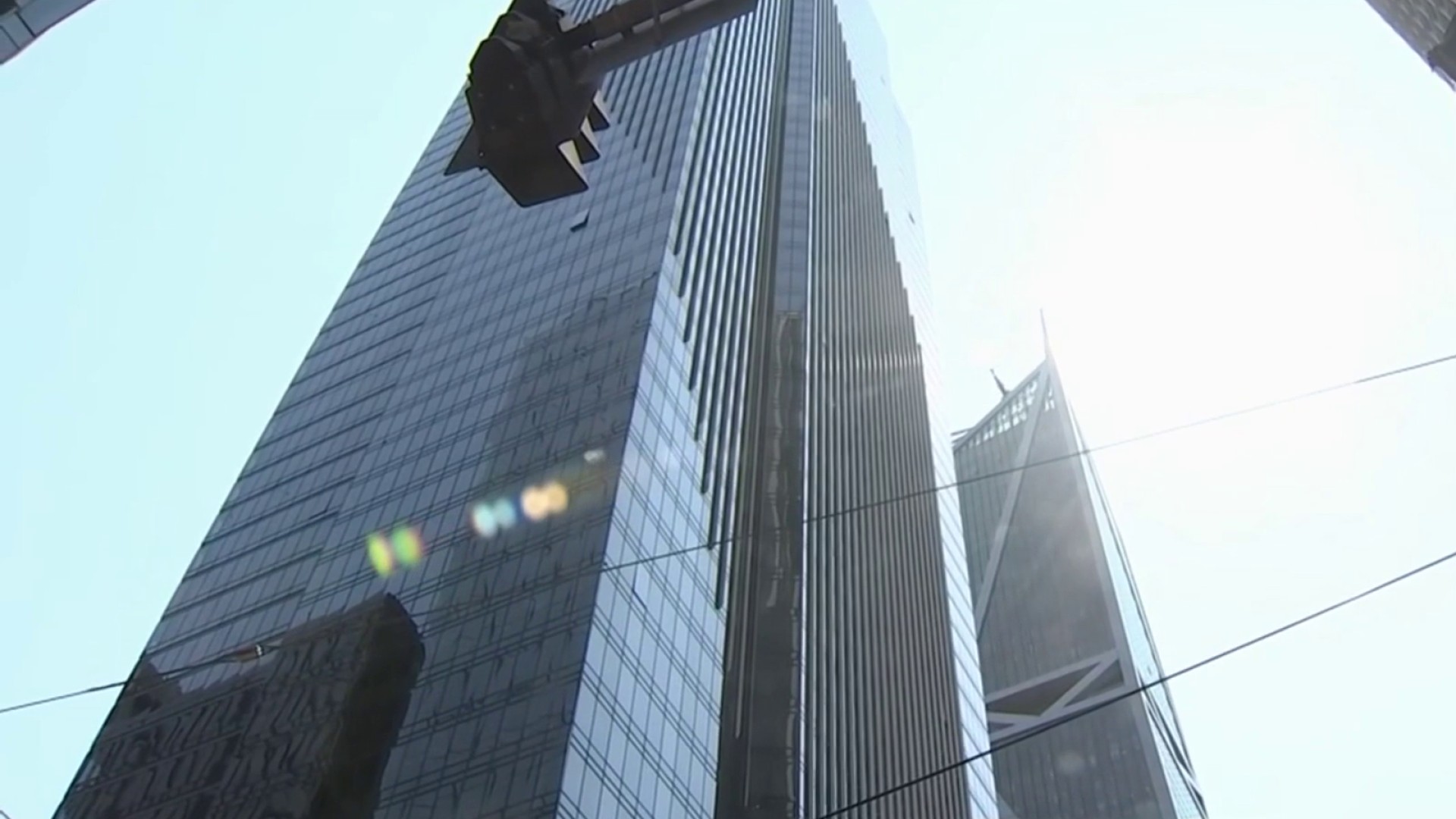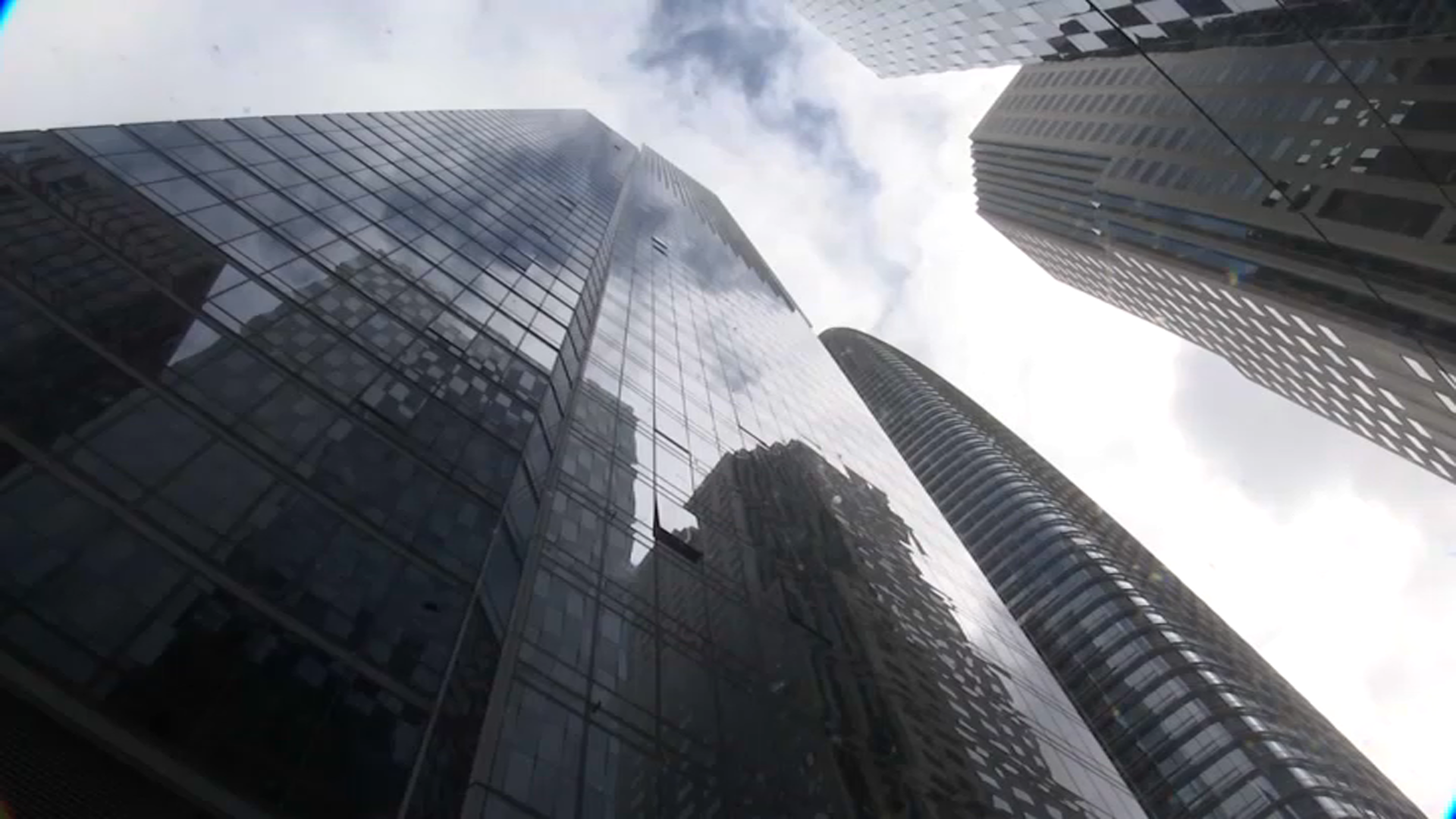San Francisco’s leaning and sinking Millennium Tower is now partly supported on two sides to bedrock, a major milestone for the troubled so-called fix designed to stabilize the high-rise and reverse its lean, NBC Bay Area Investigative Unit has learned.
The completion of work along Fremont Street last week comes as the tower is listing 29 inches at the northwest corner, monitoring data shows that much of that tilt happened during digging and other activities surrounding the fix project that began early in 2021.
The Fremont Street work involved tying the tower to an extended foundation supported by 12 piles sunk to bedrock on the tower’s west side. The four-day load transfer operation was completed on June 14, monitoring records show.
The work came as engineers had already supported the north side of the tower to six piles sunk to bedrock along Mission Street.
Get a weekly recap of the latest San Francisco Bay Area housing news. Sign up for NBC Bay Area’s Housing Deconstructed newsletter.
The total of 18 perimeter piles currently handle about 500,000 pounds of building load apiece. The plan is for them to take on twice that load, with a goal of arresting settlement and reversing some of the current tilt by shifting more of the load to the east and south.
Millennium fix officials indicated in a statement that the building is now starting to recover some of its tilt. That’s backed up by newly released rooftop monitoring data, showing that the newly supported tower is leaning about a quarter inch less at the northwest corner that it was just days before.
But David Williams, an expert in deep foundations, says its simply too soon to make any pronouncements of success.
He recalled that back in January, fix engineers were quick to hail the Mission Street operation a successful based on similar early data. But subsequent monitoring results showed that didn’t last and the tower’s westward tilt eventually got worse, not better. At the time of last week’s operation, in fact, the tower was tilting more than ever to the west.
“They have claimed early success before – that was premature,” Williams said. “So right now, we’ll have to wait and see how it responds.”



